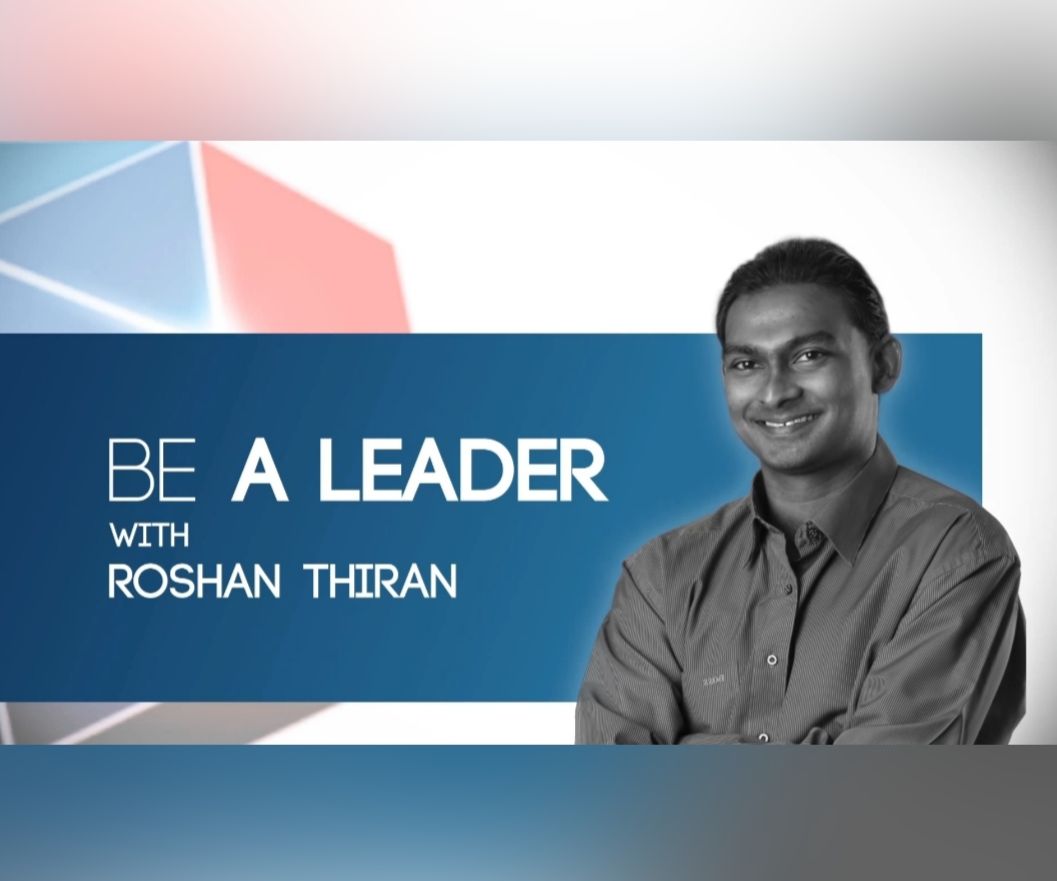Take a Look at Yourself in the Leadership Mirror

Image is from freepik.com by @drobotdean
How we see ourselves is often very different from how we appear to others. Actions we believe reflect decisive or confident characteristics may come across as controlling or arrogant while attempts at openness may be perceived as being indecisive or weak. Understanding how supervisors, co-workers, direct reports and clients perceive us can give valuable insights into our leadership behaviour and help us become more effective leaders, better able to embrace and adapt to change.
In the increasingly networked 21st century it’s even more important for leaders to have a high level of self-awareness, to clearly understand why they act as they do, and how their behaviour affects and is perceived by others. By knowing themselves successful executives are better able to keep a clear vision of where their organisation is heading, have greater success in communicating this vision to others, and are more able to make the decisions that transform this vision into reality.
In the corporate world today, people expect to be persuaded rather than compelled, and leaders need a high level of emotional intelligence to be able to understand and manage their own, and others’ emotional responses if they hope to build culturally, intellectually and functionally diverse (and virtual) teams able to stimulate creativity.
Unfortunately many of today’s leaders lack this self-knowledge. They are not very reflective of their actions; they may even suffer from hubris, lacking a sense of humility that allows them to clearly see where their weaknesses lie. Asking others what they think of our actions is not the best way of finding out. People are not always straight-forward and executives may be reluctant to be seen “seeking approval”. The INSEAD Global Leadership Centre has taken the findings of its leadership development work (gleaned over 10 years of leadership coaching), to develop the Global Executive Leadership Mirror (“The Global Mirror”), providing a lens through which executives can take a closer, 360 degree look at their own personal leadership behaviour.
Discover: The Icarus Syndrome: Execs Who Fly Too Close To The Sun
360-degree feedback
The Global Mirror is a psychometrically-validated survey with which participants can compare their own perceptions of their leadership behaviour with the perceptions of between seven to 15 others (supervisor, co-workers, direct reports, clients and other stakeholders). Information garnered from this 360-degree survey is much more powerful than any form of self-assessment, as executives have too many blind spots to be able to honestly appraise themselves.
The survey is divided into three parts, looking at the executives’ leadership behaviour, their capabilities at coping with stress and the overall effectiveness of their leadership performance.
Part one focuses on 12 leadership dimensions (illustrated below) that are key to ensuring global executives are equipped to lead teams, organisations, and leverage networks effectively to achieve organisational and personal goals.

By answering questions such as: “Am I fair in my actions?, Do I persevere despite setbacks?, Do I take responsibility for my actions?, Do I analyse my feelings before acting on them?, Do I follow through with my commitments?”, executives can analyse their answers against the responses from those they work with, to gain a higher understanding of why they act as they do and help them to become more effective in dealing with others, encouraging them to be reflective rather than reactive in their actions.
The second part of the mirror is a ‘Life Stressors and Wellbeing Resources’ indicator designed to help leaders identify where their stress levels are in relation to work, relationships, health and finances, and to recognise the cognitive and social structures (a combination of social and psychological mechanisms) they need to have in place to manage life’s pressures. Different people react to stress in different ways and it’s crucial that leaders recognise their individual stress levels and capacity to tolerate stress to avoid burnout.

The third and final part of the Global Mirror, ‘Perceived Leadership Performance’, measures the participants overall effectiveness as a leader. The perception of a leader’s organisational effectiveness can be used to gauge how well they are doing in their leadership role. Questions are designed to gauge on the leader’s effectiveness in two key areas: the visioning, empowering and energising part of the leadership role (the charismatic dimension), and the architectural dimension (pertaining to the structural measures that need to be put into place to obtain the required results). As with the other indicators, the gap between self-perception and the perception of others can be very revealing.
Know thyself
Leadership is a team sport. It’s about energising and empowering people in their organisations, ensuring the right structures are in place and, being able to implement change. Effective leaders realise that to improve their competencies as the captain/coach of their team they need to genuinely assess their own strengths and developmental areas, and understand how others perceive their leadership. By understanding why they act as they do, and where there weaknesses lie, leaders will be able to make better decisions and lead others to better performance.
Read more: Five Steps To Build Greater Self-Awareness
When the first known Greek philosopher, Thales of Miletus, was asked what was the most difficult thing in the world, he answered, "To Know Thyself." That observation, made more than 600 years BC, is as true today as it was yesteryear. And wise as he was, he may have figured out that often the best way to know yourself is to see yourself through the eyes of others.
Leaderonomics.com is an advertisement free website. Your continuous support and trust in us allows us to curate, deliver and upkeep the maintenance of our website. When you support us, you allow millions to continue reading for free on our website. Will you give today? Click here to support us.

This article is republished courtesy of INSEAD Knowledge. Copyright INSEAD 2022.
Leadership
Tags: Executing Leadership, Vision, Self-Awareness, Emotional Intelligence
Manfred F. R. Kets de Vries is the Distinguished Clinical Professor of Leadership Development & Organisational Change at INSEAD and the Raoul de Vitry d'Avaucourt Chaired Professor of Leadership Development, Emeritus.





